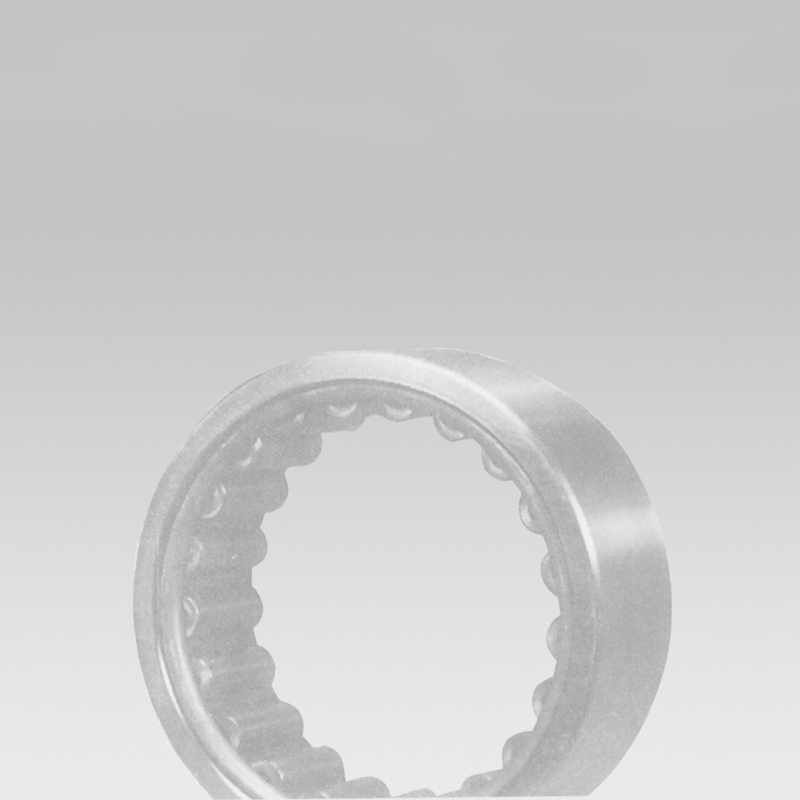
10 月 . 11, 2024 01:57 Back to list
thrust and radial bearing
Understanding Thrust and Radial Bearings Function, Design, and Applications
Bearings play a crucial role in machinery by enabling relative motion between parts while reducing friction. Among the various types of bearings, thrust and radial bearings are essential for their distinct functions in supporting loads effectively. This article delves into the differences between thrust and radial bearings, their construction, working principles, and applications in diverse industries.
Thrust Bearings Supporting Axial Loads
Thrust bearings are specialized bearings designed to manage axial loads, which are forces applied parallel to the axis of rotation. They are essential in applications where heavy loads need to be supported without compromising rotational integrity. These bearings can be found in various forms, including ball thrust bearings, roller thrust bearings, and fluid thrust bearings.
1. Construction and Design Thrust bearings typically consist of two or more rings and rolling elements (balls or rollers) sandwiched between them. The design is optimized to ensure minimal friction while facilitating smooth axial movement. The materials used in thrust bearings, such as chrome steel, stainless steel, or ceramic, are selected based on the operational environment, load capacity, and speed requirements.
2. Working Principle When a thrust bearing is subjected to an axial load, the rolling elements rotate within the races, allowing the load to transfer effectively while minimizing direct contact. This rolling action not only reduces friction but also distributes the load evenly across the bearing surfaces, prolonging the service life of the bearing.
3. Applications Thrust bearings are commonly employed in applications like automotive transmissions, marine propulsion systems, and various industrial machines where axial force predominates. Their design ensures reliability and efficiency in operations, even under substantial loads.
Radial Bearings Supporting Radial Loads
In contrast, radial bearings are primarily designed to support radial loads, which are forces applied perpendicular to the shaft’s axis. These bearings are crucial in applications with high rotary speeds, where stability and low-friction performance are paramount. Common types of radial bearings include deep groove ball bearings, cylindrical roller bearings, and tapered roller bearings.
thrust and radial bearing

1. Construction and Design Radial bearings consist of an inner ring, outer ring, and rolling elements. The inner ring is mounted on the shaft, while the outer ring fits into the housing. The rolling elements, which can vary in shape, help minimize friction and increase the load-carrying capacity of the bearing.
2. Working Principle As the shaft rotates, the rolling elements move between the inner and outer rings, allowing for smooth rotation and minimal resistance. The design of radial bearings emphasizes load distribution and stability at high speeds, making them suitable for a variety of applications.
3. Applications Radial bearings find widespread usage in electric motors, pumps, bicycles, and all sorts of machinery where rotation is involved. Their ability to handle both radial and, in some cases, axial loads makes them versatile components in mechanical assemblies.
Key Differences and Considerations
While both thrust and radial bearings serve the purpose of reducing friction and facilitating movement, their primary distinction lies in the types of loads they support. Thrust bearings excel in managing axial loads, whereas radial bearings are designed for radial loads.
When selecting a bearing for a specific application, engineers must consider factors such as load type, speed, space constraints, and environmental conditions. The right choice ensures optimal performance and longevity of mechanical systems.
Conclusion
Thrust and radial bearings are integral components found in various machines and equipment. Understanding their operational principles, design characteristics, and applications enables engineers and designers to make informed decisions when selecting bearings for specific uses. As technology continues to advance, the development of new materials and designs will only enhance the performance and efficiency of these essential mechanical elements, further driving innovation in industrial applications.
Latest news
-
Unlocking Efficiency with Spherical Roller Bearings
NewsOct.29,2024
-
The Ultimate Guide to Thrust Ball Bearings
NewsOct.29,2024
-
The Power of Thrust Roller Bearings: Engineered for Excellence
NewsOct.29,2024
-
The Power of Deep Groove Ball Bearings for Your Application Needs!
NewsOct.29,2024
-
The Power and Performance of Cylindrical Roller Bearings
NewsOct.29,2024
-
High-Quality Ball Bearing Manufacturing Machines
NewsOct.29,2024
